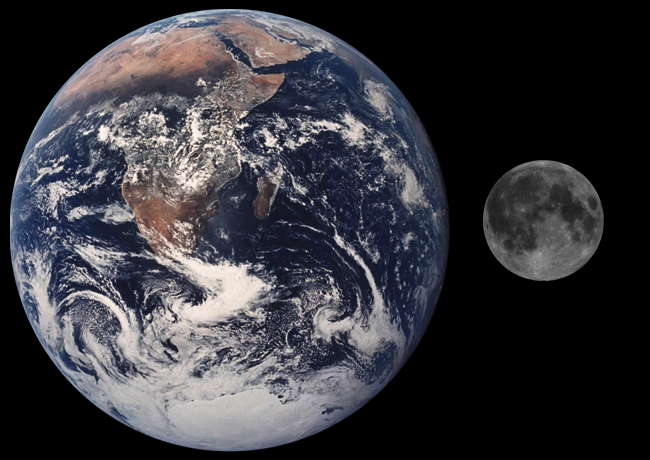Universal gravitation is a law of physics describing the attraction between bodies (such as celestial bodies) with mass.
Universal gravitation explains several phenomena occurring on Earth. For example, universal gravitation explains why the Moon remains in orbit around the Earth. This law also explains why a human being stands on the Earth’s surface.
When two bodies are near each other, a force of attraction, the gravitational force, is exerted between them. If we look at the Earth and the Moon, we might think that the Moon is trying to move away from the Earth as it completes its revolution. However, Earth exerts sufficient force to keep the Moon in its orbit without the Moon colliding with Earth. Furthermore, the Moon also exerts a force of attraction on Earth, which causes the phenomenon of tides.
All celestial bodies in the Universe exert forces of attraction between them, regardless of size or mass. In some cases, the force is so small that it is not noticeable. However, the greater the mass of an object, the greater the force of attraction. This explains why human beings stay on Earth’s surface: the planet exerts a great force of attraction on humans.
The intensity of the gravitational force is variable. It depends on two factors.
|
Factor |
Explanation |
Example |
|
Body mass |
The more massive a body, the greater the force of attraction it exerts on another body. |
|
|
Distance between bodies |
The closer the bodies are, the greater the force of attraction exerted between these objects. |
|
